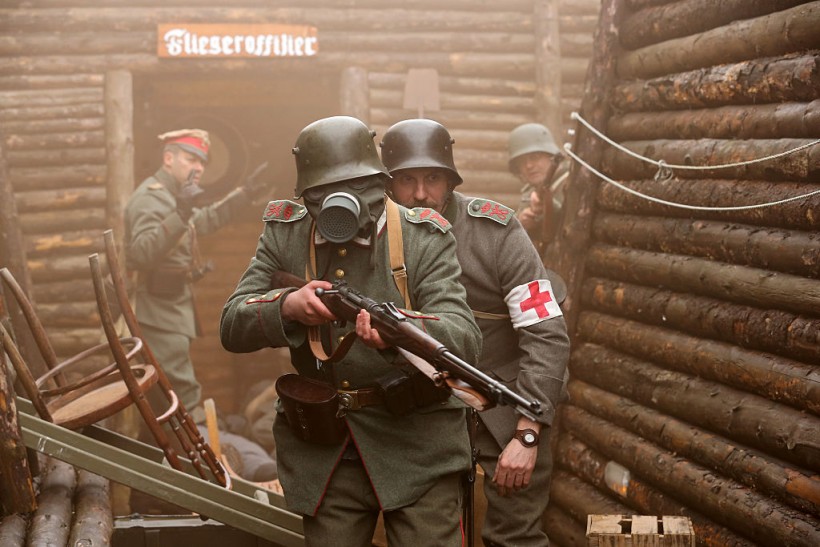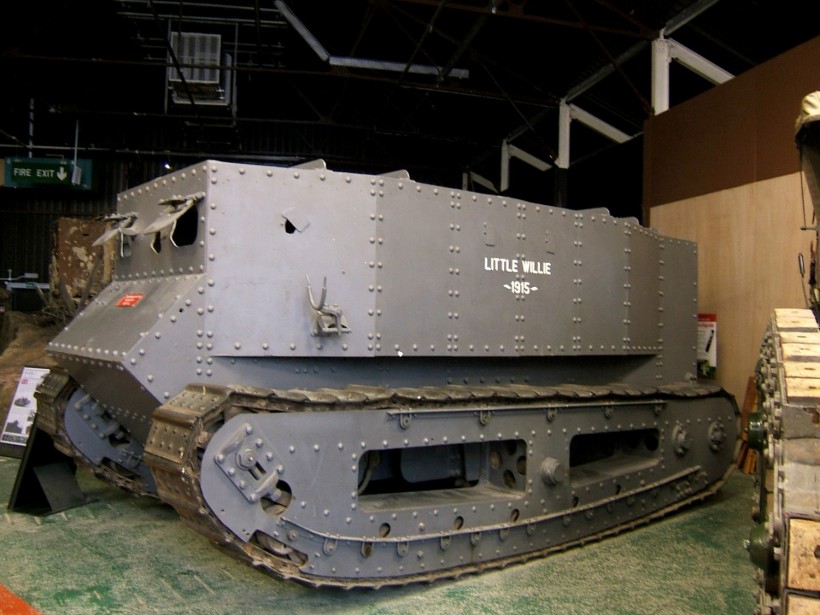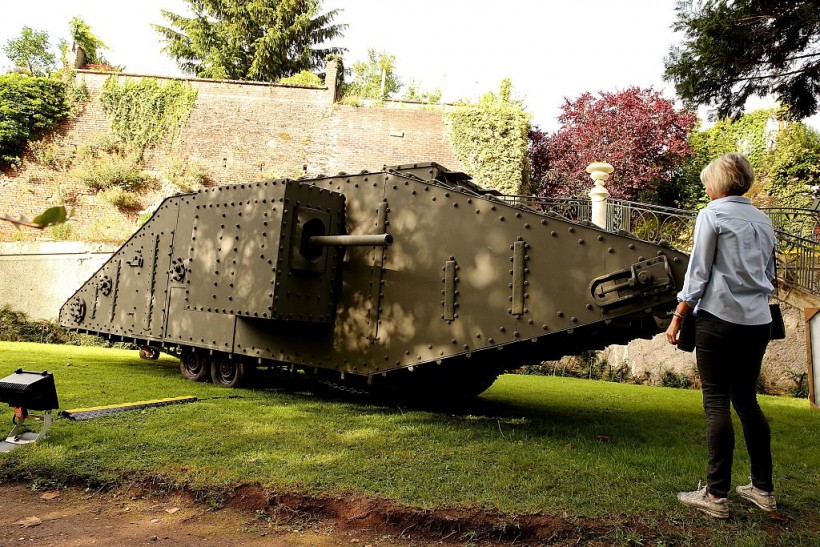Tanks are one of humanity's most devastating and fearsome weapons developed. These vehicles replaced cavalrymen on the battlefield as they provided modern-day soldiers with protection from conventional enemy fire and powerful weapons that bring the same level of destruction artillery fire makes up close.
This fact is particularly true in World War 1 when the tank was first conceived and produced.
Here's the story of how the first tank was produced.
The Impasse Of The Great War
World War 1, also known as "The Great War," was the first global conflict humanity underwent in the modern era. It involved most nations in Europe, Russia, the Middle East, Japan, and the United States.
According to the Encyclopaedia Britannica, the conflict started when Serbian nationalists assassinated Austrian archduke Franz Ferdinand in Sarajevo. As a result, Austria-Hungary presented an unacceptable ultimatum to Serbia, which was followed by a declaration of war.
Germany, an ally of Austria-Hungary, also declared war on Serbia. However, Serbia was under the protection of the Russian Tsardom, and as a result, Russia declared war on Austria-Hungary.
France would follow suit, declaring war on Germany and Austria-Hungary. Great Britain would follow after France as Germany sent troops to invade Belgium.
Read More: Microsoft Defender Update Wrongfully Detects Chrome, Edge, Discord as 'Malicious'

Actors dressed as German soldiers of the World War I perform the start of the Verdun's battle in a trench of the Museum of Radiotransmission Inocencio Bocanegra in Belorabo, near Burgos on February 28, 2016.
Two clear sides eventually became clear: the Central powers, which are made up of Austria-Hungary, Germany, and eventually, the Ottoman Empire, and the Allied powers consisting of Great Britain, France, Russia, Italy, and the US.
However, as the war went on, both sides found themselves in a stalemate in the war's European theater, thanks to trench warfare.
To break the stalemate, the British developed the first tank, which was built in near secrecy, per 1914-1918 Online.

A picture of the Little Willie prototype tank at the Tank Museum, Bovington.
According to Tank Museum, the idea was first proposed by Winston Churchhill in 1915, when he created a Landships Committee to develop armored fighting vehicles for the war, or Landships.
After a rough start, an agricultural firm, William Foster & Co. of Lincoln, came up with the idea that would lead to the development of the world's first tank, which was called "Little Willie."
Little Willie's Specifications
The Little Willie, an irreverent name the British came up to spite German Crown Prince, Kaiser Wilhelm also had a rough start. According to History, when the prototype of Little Willie was test-driven following its production on Sept. 6, 1915, it was slow due to its weight dragging it down to a top speed of 3.5mph. It also overheats frequently and is unable to cross trenches, a quality that became a deal breaker for Great Britain.
However, Wilson and Tritton would improve Little Willie's initial design even when Little Willie was in production, leading to the development of "Big Willie," which saw action at the First battle of the Somme in France, just nine days after Little Willie's production.

A woman stands by a British Mark 1 tank during a ceremony to commemorate the centenary of the battle of the Somme, one of the deadliest of the World War I
By the time Little Willie was built, it was considered redundant. As such, Great Britain only developed one Little Willie.
The Big Willie would soon become known as the Mark 1 tank, the classic British tank design of the Great War, with it becoming the first operational tank in the world.
Related Article: Did You Know That Apple's First iPhone Went on Sale on This Day in 2007?










